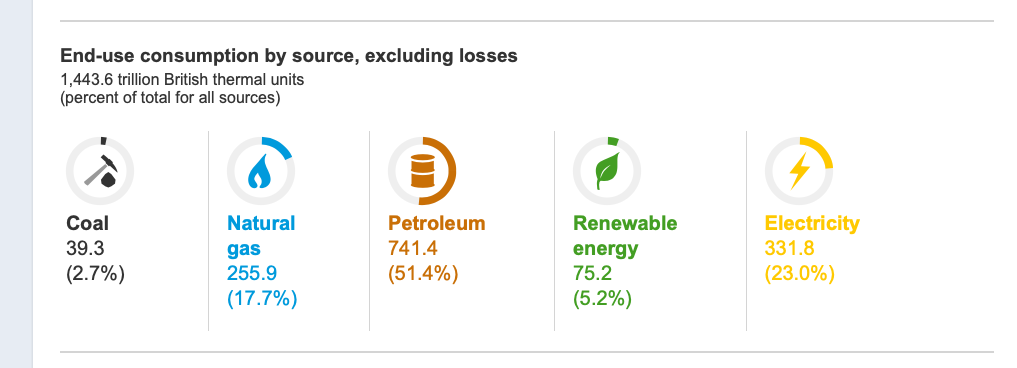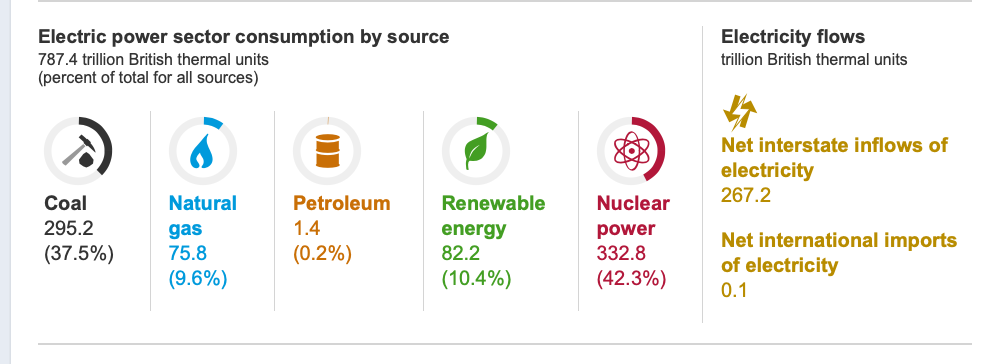Some U.S. House members criticized the Tennessee Valley Authority (TVA) last week, concerned that ratepayers pay too much and that the agency is not working hard enough on renewable energy.
Four ranking Democrats in the House Energy and Commerce Committee issued a letter to TVA president and CEO Jeff Lyash last week. It said TVA’s business practices “appeared inconsistent” with the federal agency’s law-bound commitment to provide low-cost power. The lawmakers were also concerned “that TVA is interfering with the deployment of renewable and distributed energy resources.”
As for energy prices, the committee members worried they were too high and impacted low-income households the most. For proof, the members pointed to a study from the American Council for an Energy Efficient Economy (ACEEE). It found that half of low-income Memphians pay more than 13.2 percent of their annual incomes on energy and more than a quarter of them pay more than 25 percent on energy each year. The study noted, however, that low-income Tennesseans pay some “of the lowest energy rates in the United States” and blamed high bills on homes that are not energy efficient.
TVA said its rates are now lower than 80 percent of other U.S. utilities; industrial rates are lower than 95 percent of them. The agency has kept rates flat for 10 years, TVA said in a statement, even as fuel costs rose in that time.
“Even with TVA’s low energy costs, we recognize the challenge of high-energy burden in our region,” TVA said in a statement. “TVA is in partnership with 153 local power companies and other organizations to help address the root-causes of this issue, including the need to weatherize and implement energy efficiency measures in buildings and housing.”
In 2018, TVA lowered power rates 50 cents per kilowatt hour and charged local utilities (like Memphis Light, Gas & Water [MLGW]) a fixed fee to access the TVA electricity grid, the letter said. Locals, like MLGW, passed those fixed costs on to ratepayers who could, then, pay even more, sometimes even if they used less energy. The House committee worried the move would deter energy efficiency deployments, and maintain TVA’s electricity demand and revenues.
House members said, too, that TVA may be stalling the implementation of renewable energy initiatives by residential and industrial customers. For proof, the letter pointed to internal TVA documents that said its grid access fee would “curtail the deployment of solar projects by 40 percent.”
Finally, the group called TVA’s plan to decarbonize by 2050 “unambitious” and not in line with President Joe Biden’s goal of carbon-free energy by 2035. But TVA said it is making strides, embracing “emerging technologies, from carbon capture to advanced nuclear, while supporting national clean energy initiatives, such as a robust electric vehicle charging infrastructure.”

 TVA
TVA 
 MLGW
MLGW  U.S. Energy Information Administration
U.S. Energy Information Administration  U.S. Energy Information Administration
U.S. Energy Information Administration  U.S. Energy Information Administration
U.S. Energy Information Administration  U.S. Energy Information Administration
U.S. Energy Information Administration  U.S. Energy Information Administration
U.S. Energy Information Administration  U.S. Energy Information Administration
U.S. Energy Information Administration  U.S. Energy Information Administration
U.S. Energy Information Administration